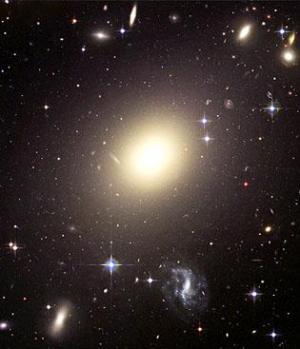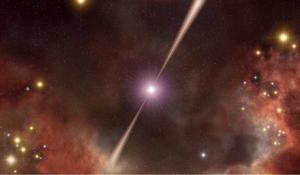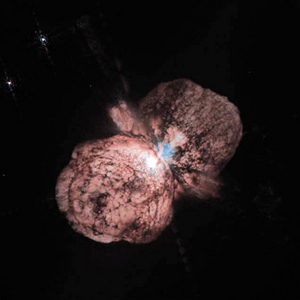There appears to be an upper limit to how big the Universe's most massive black holes can get, according to new research led by a Yale University astrophysicist and published in
Monthly Notices of the Royal Astronomical Society.

|
| ©NASA
|
| Researchers have found that ultra-massive black holes, which lurk in the centers of huge galaxy clusters like the one above, seem to have an upper mass limit of 10 billion times that of the Sun.
|
Once considered rare and exotic objects, black holes are now known to exist throughout the Universe, with the largest and most massive found at the centres of the largest galaxies. These "ultra-massive" black holes have been shown to have masses upwards of one billion times that of our own Sun. Now, Priyamvada Natarajan, an associate professor of astronomy and physics at Yale University and a fellow at the Radcliffe Institute for Advanced Study, has shown that even the biggest of these gravitational monsters can't keep growing forever. Instead, they appear to curb their own growth - once they accumulate about 10 billion times the mass of the Sun.
These ultra-massive black holes, found at the centres of giant elliptical galaxies in huge galaxy clusters, are the biggest in the known Universe. Even the large black hole at the centre of our own Milky Way galaxy is thousands of times less massive than these behemoths. But these gigantic black holes, which accumulate mass by sucking in matter from neighbouring gas, dust and stars, seem unable to grow beyond this limit regardless of where - and when - they appear in the Universe. "It's not just happening today," said Natarajan. "They shut off at every epoch in the Universe."








Comment: Though the author makes some good points regarding the results of scientific advancement without the parallel development of conscience, what is missing from his account is the awareness that some of these technologies are deliberately invented to be used against the majority of common people, by the pathocratic elite.